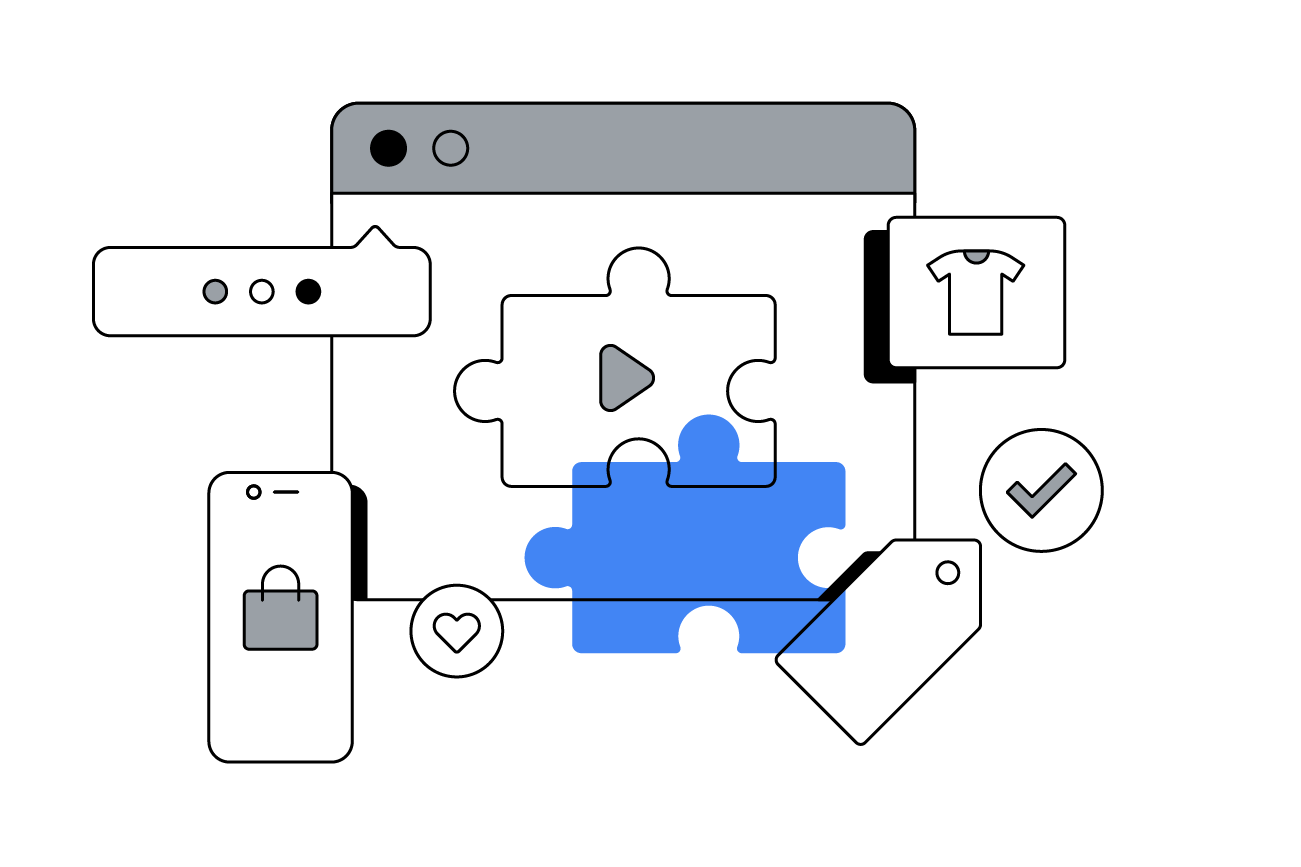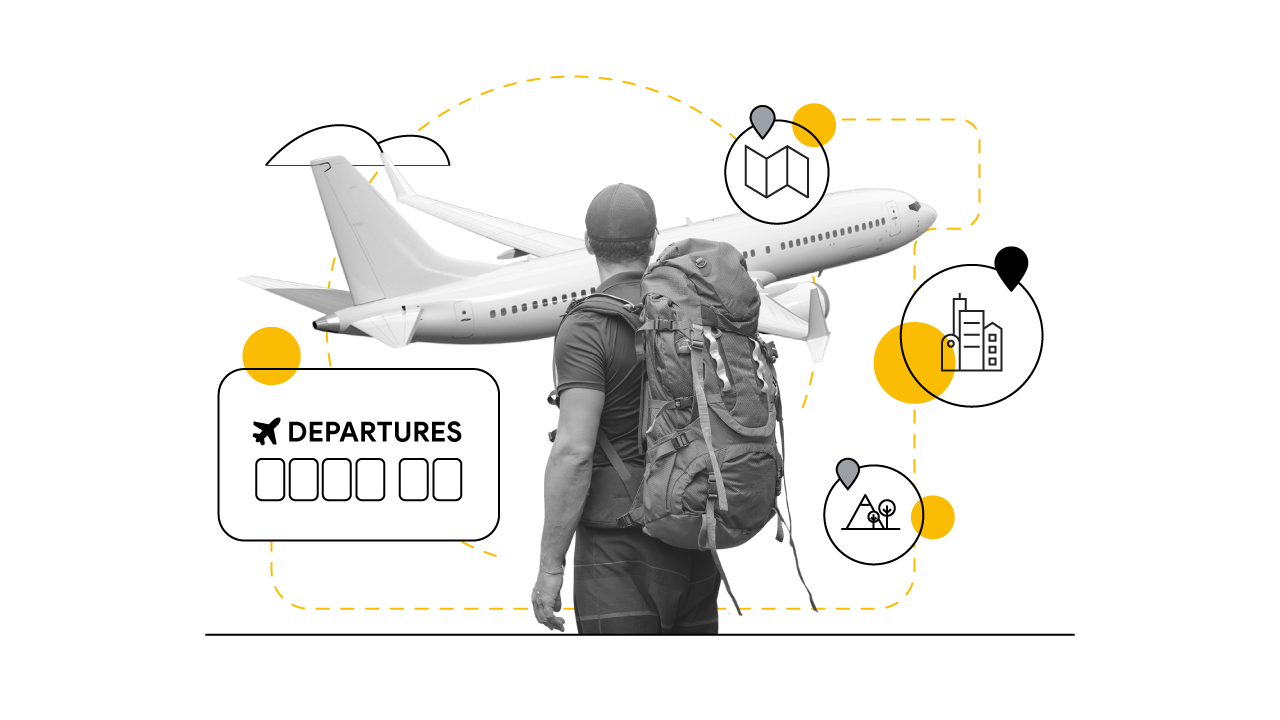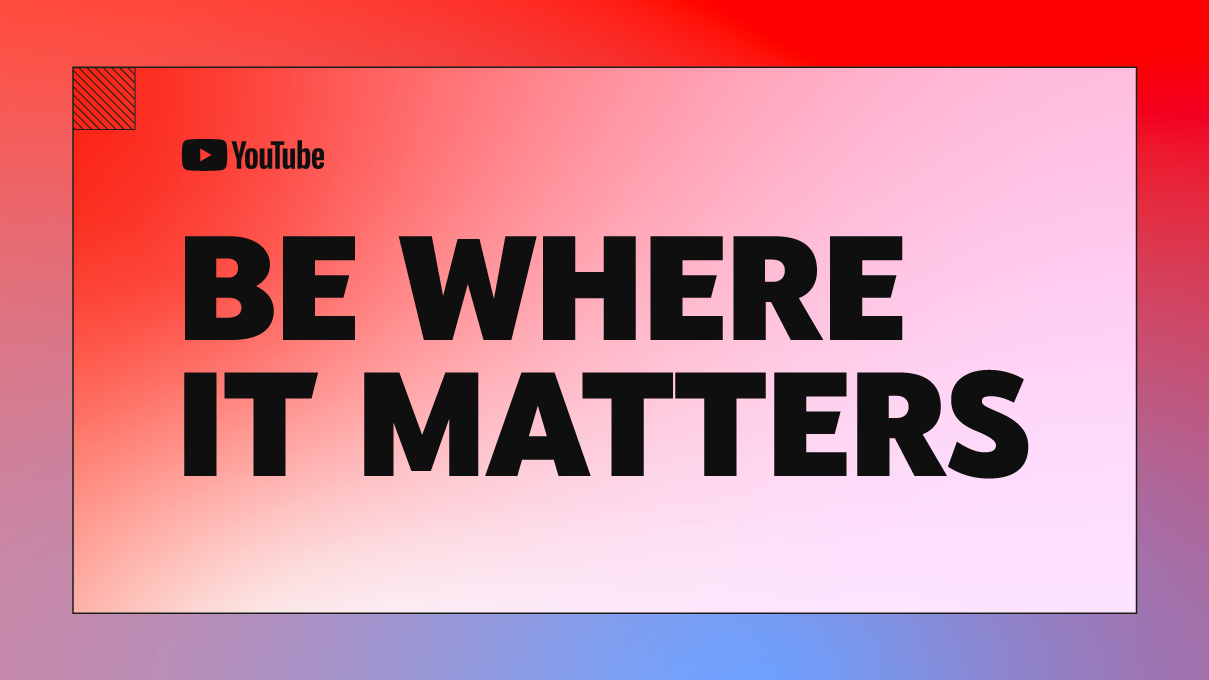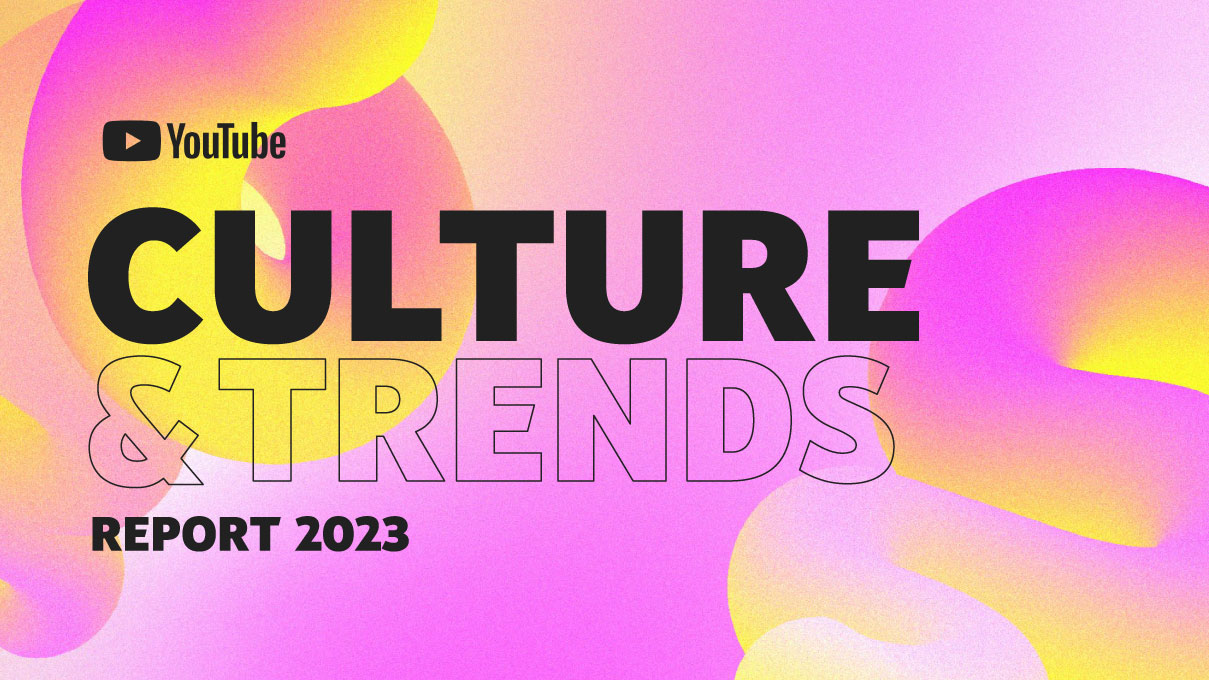Earlier this year, we unpacked our two-year-long study of 250,000 online shopping journeys and outlined a new model of consumer decision-making. Here, Rachael Powell, head of consumer and market research at Google Australia and New Zealand and Mike Daniels, founder of The Behavioural Architects, share what our research means for businesses as they rebuild in the wake of COVID-19.
COVID-19 has thrown our decision-making for a loop. Up to 45% of our day-to-day behaviours are made up of habits,1 freeing up space in our brains for more complex thought. But between keeping up with the latest health advice, worrying about job security, and dealing with working from home, our autopilot behaviours are being pushed to the limit.
As the pressure on our mental bandwidth grows, we’re relying even more on our instincts and emotions — everything that makes up our “dino brains.” This has noticeably influenced the ways we browse and buy. Many of us are spending more time exploring and evaluating our options in the space between awareness and purchase — “The Messy Middle” — as we constantly reassess our needs and navigate new ways to shop.
Earning consumers’ consideration when they’re on the hunt for something new starts with being present. Showing up with relevant messages in the right moments has always gone a long way, but it’s even more critical now that “The Messy Middle” is even messier. While behavioural principles still help consumers to move out of evaluation and exploration and into purchase, they’ve shifted along with most everything else in these last few months.
Here’s how six behavioural principles have evolved throughout the pandemic and how brands can use them to connect with Aussies as they adjust to constant changes in their personal and professional lives.
While behavioural principles still help consumers to move out of evaluation and exploration and into purchase, they’ve shifted along with most everything else in these last few months.
1) Category heuristics: Relying more on quick and easy shortcuts
When people have more on their minds, they tend to depend more on category heuristics — mental shortcuts such as “organic” stickers on wine bottles that help them feel confident they're making the right purchase.2 The challenge is understanding which shortcuts have become more or less important amid shifting consumer preferences.
For instance, search interest in “Australian Made” peaked in May and July as Aussies increasingly looked to support local businesses in the aftermath of bushfires and COVID-19. This means that the “locally made” category heuristic might become more pertinent in the next few months.
Tips to navigate category heuristics
Keep an eye on fast-changing market trends to gauge what Aussies care about, then highlight the most relevant heuristics when you communicate with your audience.

2) Social norms: Taking (virtual) cues from others
Other people’s behaviour shapes our own, especially during times of change when we’re uncertain about what to do.3 Now that social distancing has decreased our interaction with others, we’re finding new ways to explore and establish the status quo online. When it comes to shopping inspiration and research, consumers are relying more on digital communication such as video calls, texting, and social media to talk about different brands and products.
Tips to push the potential of social norms
Consider ways to encourage Aussies to share online how your products were meaningful or helped them solve relatable problems via reviews, ratings, and recommendations. When people see that others who share their interests, priorities, and goals have already chosen your brand, they’re more likely to try out one of your products or services.
3) Authority bias: Turning to experts for guidance
The pandemic has challenged Aussies to answer a lot of critical questions, from “How can I make smarter financial decisions?” to “What can I do to help my children learn from home?” While Aussies have traditionally relied on government and media sources for their expertise, they’re also turning to emerging authorities for reliable information and advice.
Tips to make the most of authority bias
Eighty-seven percent of Aussie consumers said it’s completely acceptable for companies and brands to be communicating at this time. Position your brand as part of the solution by sharing helpful information and products, and take note of credible individuals and organisations that can help you address people’s top concerns.

4) Scarcity bias: Gravitating towards limited products
At the start of the pandemic, people were worried that everyday essentials would be in short supply. Scarcity bias — the idea that limited resources are more desirable — kicked into high gear and influenced many people to make bulk purchases. Although this has simmered down since the great toilet paper fiasco, more than half of Aussies said that brands can be the most helpful to them right now by setting realistic expectations about the availability of their products and services.
Tips to stay ahead of scarcity bias
Make sure to keep in-demand products in stock by using tools to understand what Aussies are looking to buy, and manage customer expectations about everything from availability to shipping.

5) Power of free: Prioritising purchases and rebudgeting
Considering how 64% of Aussies say their household income has been or will be impacted by COVID-19, it’s no surprise that consumers are becoming more budget-conscious. The idea that something costs nothing has an outsized effect on people’s decision-making, and we’ve seen this consistently throughout the pandemic. Search interest in “free delivery” grew steadily from January through April across Australia, while search interest in “free returns” peaked in October.
Tips to harness the power of free
Help Aussies feel more comfortable while they’re shopping by offering services such as free delivery, returns, and installations to dial down the risk of purchase.

6) Power of now: Adjusting to having more (or less) time
We’re wired to live in the present, which is why it can be hard to save for the future (and easy to put off starting a new fitness regimen). Aussies’ relationship with time has shifted since the start of the pandemic: Some people are looking for ways to keep themselves occupied while others are busy juggling new tasks and responsibilities. But regardless of what their schedules look like, the power of now remains compelling — people still prefer to receive products and deliveries sooner rather than later.4
Tips to utilise the power of now
Reassess your fulfilment, shipping, and delivery models to ensure your consumers can enjoy your products and services as soon as possible. Offering speedy service can give you a competitive edge when consumer demand spikes, especially during seasonal and retail holidays.
Using behavioural principles to engage Aussies
As COVID-19 continues to redefine “normal” life for Aussies, you can deepen your relationships with them by making it easier to find helpful information and products. With people’s “dino brains” in full force, the universal principles we explored in our research can help you craft messages and experiences that’ll strike home with Aussies — and plant the seeds for growth as we all continue to reshape our lives.








